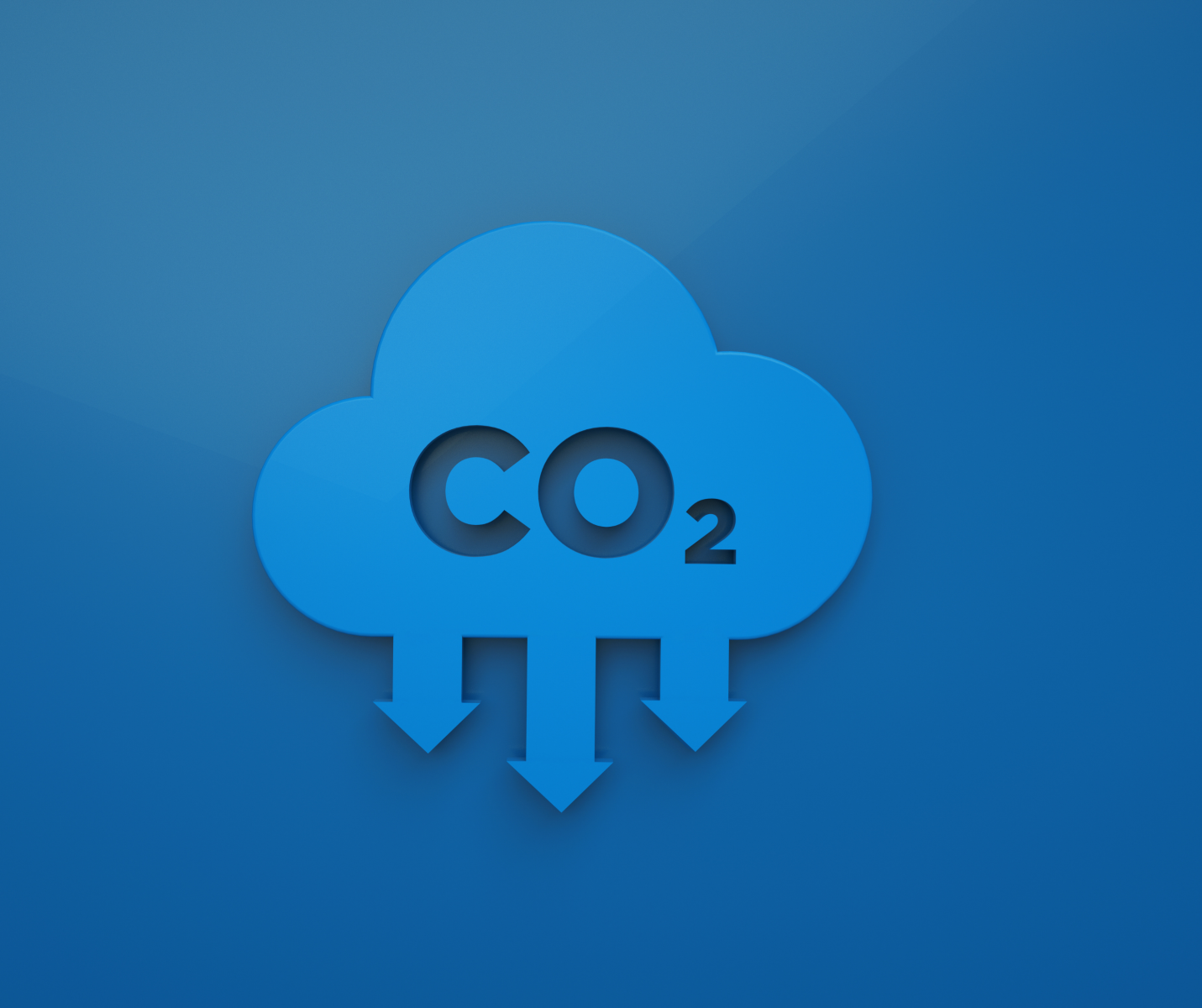
The fight against climate crisis brings Carbon Capture, Utilization, and Storage (CCUS) into sharp focus. This process commences with the capture of carbon dioxide, employing pre-combustion, post-combustion, and oxy-fuel mechanisms. The lion's share of CO2 originates from large industrial plants that harness both fossil fuels and bio-fuels.
Upon capture, the CO2 can be immediately repurposed on-site. Alternatively, following a process of compression and transportation, it can be utilized in a diverse array of applications, including fertilisers, mineralization, and as a constituent in building materials. The CCUS process then advances to the stage of carbon storage. This phase involves the strategic #sequestration of CO2 into deep geological formations, such as decommissioned oil and gas reservoirs or coalbeds. This method effectively isolates the greenhouse gas, preventing its release into the atmosphere. Globally, there is an abundance of sites equipped to facilitate these CO2 injections.
The final stage in the CCUS process, #carbon utilization, presents a significant opportunity to bolster the viability of CCUS projects across a broad spectrum of sectors, including industrial, steel, cement, and chemical sectors. The captured CO2 is repurposed as a #feedstock, giving rise to a range of products, from concrete to methanol, ethanol, carbonates, and polymers.
Drawing on projections from the International Energy Agency (IEA), we stand on the cusp of a transformative era. By 2030, we could be repurposing as much as 10 million tonnes of CO2 annually. This captured CO2 could fuel the creation of synthetic fuels, chemicals, and building materials, sparking the genesis of innovative usage areas in our continuous battle against climate crisis.
Remember, CCUS is not merely a theoretical concept; it is an implementable solution that can make significant strides in the global combat against climate crisis.

 eos
eos
 eos marketplace
eos marketplace